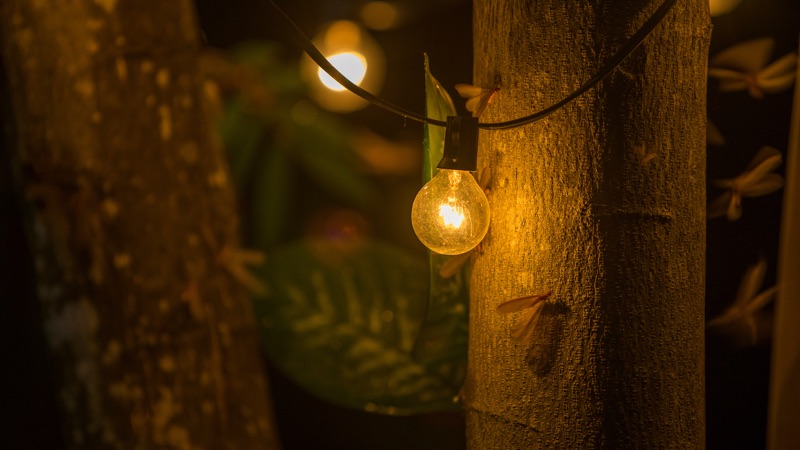
As LED (Light-Emitting Diode) lighting gains popularity for its energy efficiency, concerns have arisen about its potential impact on insects. Specifically, the correlation between LED Correlated Color Temperature (CCT) and bug attraction has sparked scientific interest. In this blog post, we will delve into the findings of a study presented at the AAAS Annual Meeting in 2016, examining the scientific research on this subject to provide an unbiased perspective.
Understanding LED Correlated Color Temperature (CCT)
LED Correlated Color Temperature (CCT) refers to the color appearance of white light emitted by LED bulbs, measured in Kelvin (K). Higher CCT values represent cooler, bluer light, while lower CCT values indicate warmer, yellower light.
Insights from the AAAS Annual Meeting Study
The study presented at the AAAS Annual Meeting focused on understanding the relationship between LED CCT and bug attraction. Here are key insights derived from the research:
- Bug Attraction and Light Spectrum: Insects, especially nocturnal species, tend to be attracted to shorter wavelengths in the blue and ultraviolet (UV) spectrum. The study found that light sources emitting higher levels of shorter wavelengths, such as blue and UV light, were more attractive to insects.
- Influence of Light Intensity: Light intensity plays a significant role in bug attraction. The study revealed that increasing the overall brightness of a light source, regardless of its CCT, led to a greater attraction of insects. Therefore, reducing the intensity of light emitted by LEDs can help mitigate bug attraction.
- Insect Sensitivity to Specific Wavelengths: Different insect species exhibit variations in their sensitivity to specific wavelengths of light. The study highlighted that while some insects are more attracted to blue and UV light, others may be less responsive to certain wavelengths. Therefore, bug attraction cannot be solely attributed to CCT, but rather a combination of factors specific to each insect species.
Mitigating Bug Attraction and Promoting Energy Efficiency
Based on the findings of the study, it is possible to adopt measures that balance bug attraction mitigation and energy efficiency:
- Optimal Color Temperature Selection: To reduce bug attraction, selecting LED lights with lower CCT values, corresponding to warmer light, may be beneficial. However, it is important to consider other factors such as visibility requirements and human preferences when choosing the optimal color temperature for a specific lighting application.
- Light Direction and Shielding: Properly directing the light downward and using shielding techniques can minimize light spillage, reducing insect interaction with artificial lighting sources. By focusing the light on targeted areas and limiting upward light dispersal, bug attraction can be mitigated.
- Smart Lighting Controls: Implementing intelligent lighting controls, such as motion sensors and dimming features, can regulate light output based on environmental conditions and activity levels. This approach helps optimize energy efficiency while minimizing insect attraction during periods of reduced human activity.
Conclusion
The relationship between LED CCT and bug attraction is a multifaceted subject. The study presented at the AAAS Annual Meeting shed light on the impact of LED lighting on insect behavior, highlighting the attraction of insects to shorter wavelengths in the blue and UV spectrum. While lower CCT values may reduce bug attraction, other factors such as light intensity and insect-specific sensitivities must be considered. By selecting optimal color temperatures, directing light appropriately, and implementing smart controls, we can strike a balance between mitigating bug attraction and promoting energy-efficient LED lighting solutions. Continued research and advancements in lighting design will further enhance our understanding of this complex interaction and contribute to the development of environmentally responsible lighting practices.







